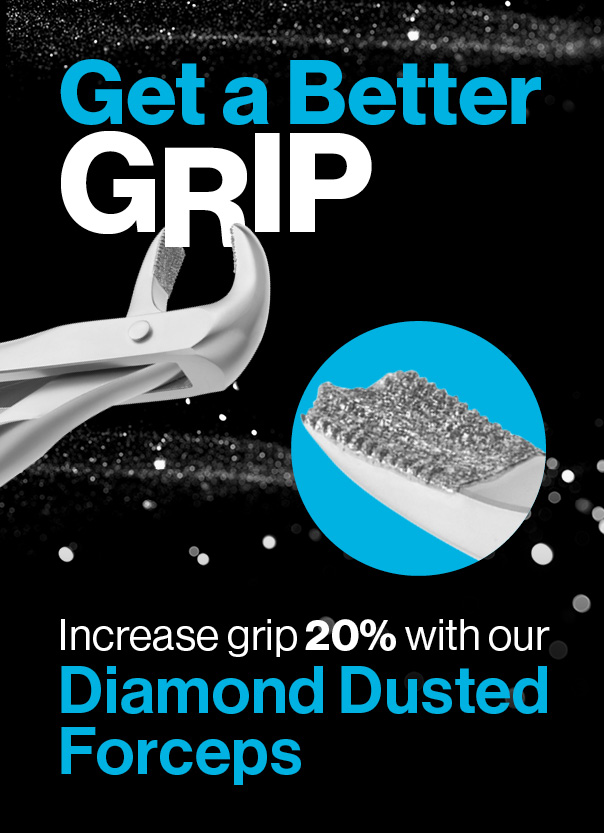Ultrasonic Insights - Eleventh Edition
WATER DELIVERY DIFFERENCES
This special edition of Ultrasonic Insights features details of water delivery differences with Hu-Friedy Key Opinion Leader and Ultrasonics Expert, Nancy Miller. Nancy is a practicing clinician in General practice and a clinical technical advisor for Hu-Friedy Manufacturing and other companies.
What are the common water delivery styles?
There are two basic methods to deliver the water to the working end of the insert, or tip – external and internal. The external style of the original insert from the ‘50s uses a tube or trumpet running parallel to the tip to deliver water, and the internal design features a hole or channel to guide the water through the hand piece and into the finger grip area where it emerges at the base of the tip or halfway down the working end underneath the curve. The original external water delivery style is still in use today.
Why are there several styles of water delivery on a magnetostrictive insert?
This is a question that indicates you are observant in magnetostrictive ultrasonic insert differences. Some clinicians became frustrated if the external water trumpet bent or twisted over time, squirting water in unwanted directions. They wanted the water to come out without having to deal with the elusive trumpet. This led to a reengineered design that eliminated the external tube for ease of operator use. An insert was devised that channeled the water to come out at the base of the tip near the grip of the insert and flow down the entire length of the tip. Some clinicians wanted the water to emerge closer to the tip’s working end to further minimize excess water spray resulting in a design which directs water through the length of the tip, exiting the flow closer to the working end to direct the flow over the last third of the tip.

Why is water needed anyhow?
Water is a coolant for the working end, or tip of the insert, which generates heat during use due to the frictional contact with the tooth surface. Water flow should be sufficient to flow over the tip to cool it down. Additionally, heat is generated in the handpiece due to the micro movement of the nickel plates in the stack of the insert. The flow of water over the stack in the handpiece prevents the handpiece from getting uncomfortably hot in the operator’s hand. There is the added benefit of lavage and the mechanical effects called acoustic microstreaming and turbulence which occur when the water is swirling around the working end. This activity disrupts planktonic biofilm and flushes out the sulcular area and is a huge extra benefit.
What differences do these water delivery styles make in performance?
All delivery methods allow for the proper flow of water to cool the tip and handpiece. So, it becomes a matter of clinician preference as to which water delivery method to use. The design which guides the water through the tip, exiting it closer to the point (Hu-Friedy Swivel or Streamline Direct Flow and Cavitron Focus Spray*) is preferred by most clinicians as they feel it controls the water direction better. The internal water flow which exits the tip near the base of the insert grip is also a popular design. In my hands, the external trumpet system generates the least spray/mist which makes it easier to see in your mouth mirror. Again, the choice is up to the operator as all methods provide lavage and the beneficial effect of microstreaming.
*Cavitron is a registered trademark of Dentsply International, Inc.

